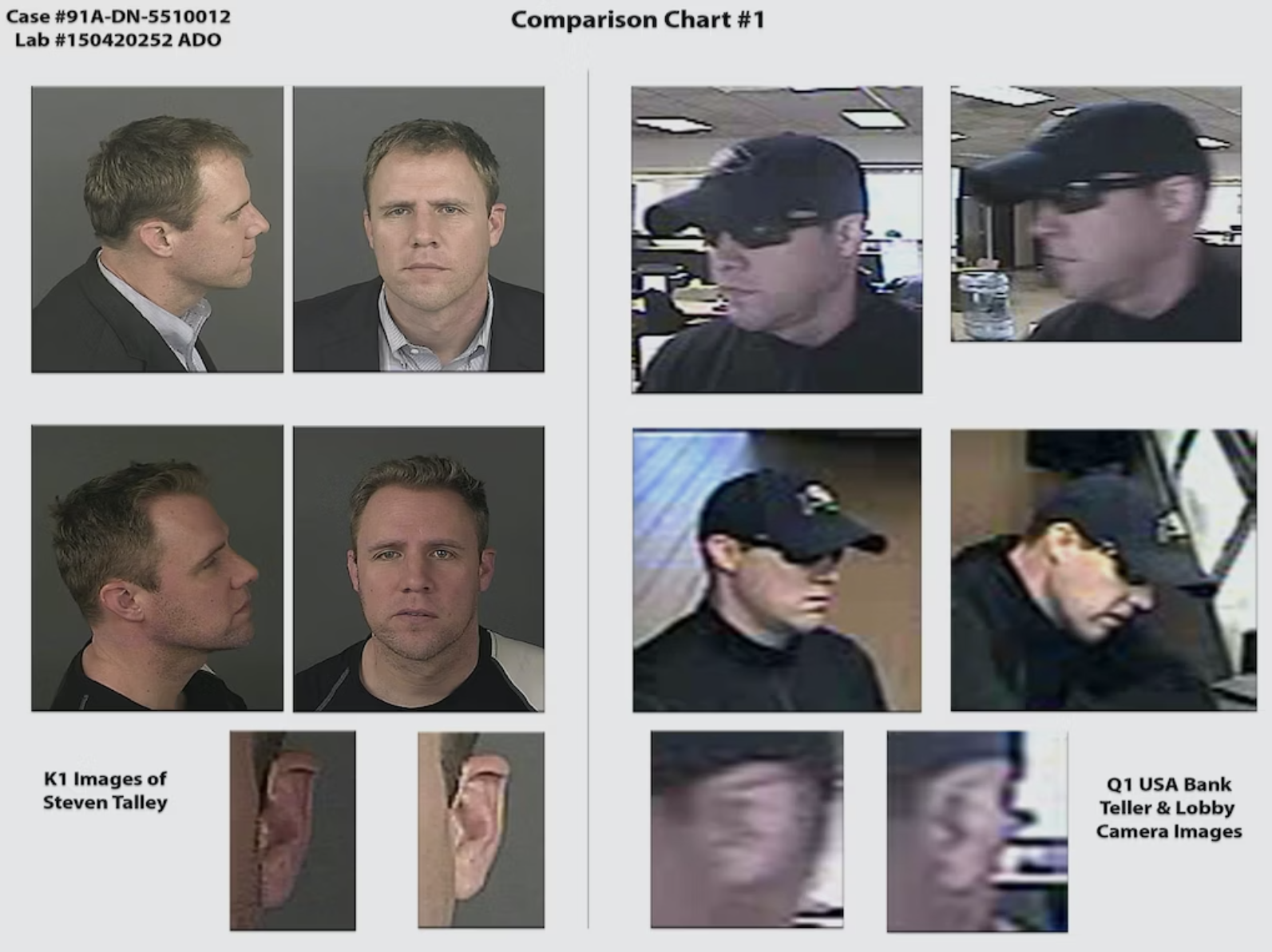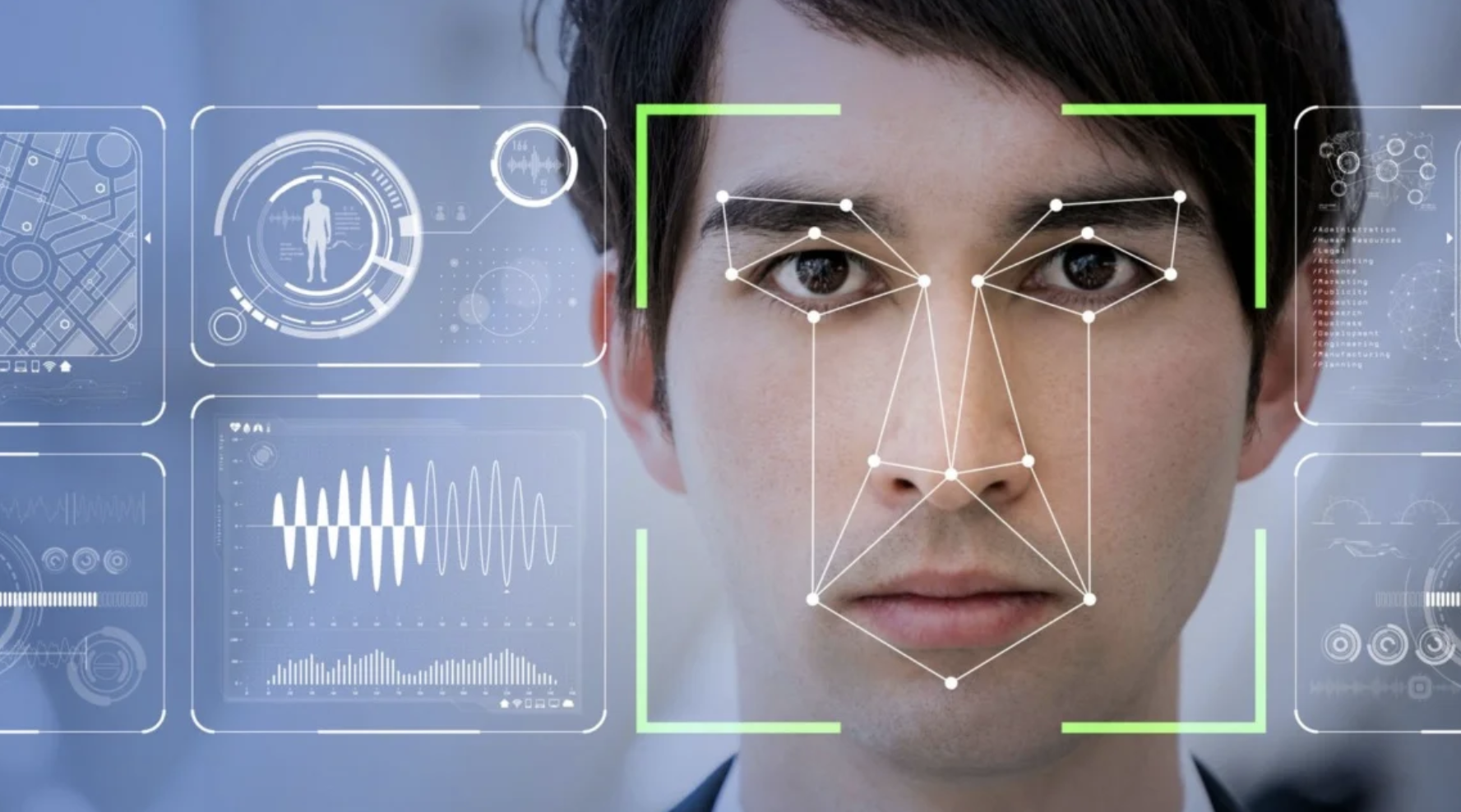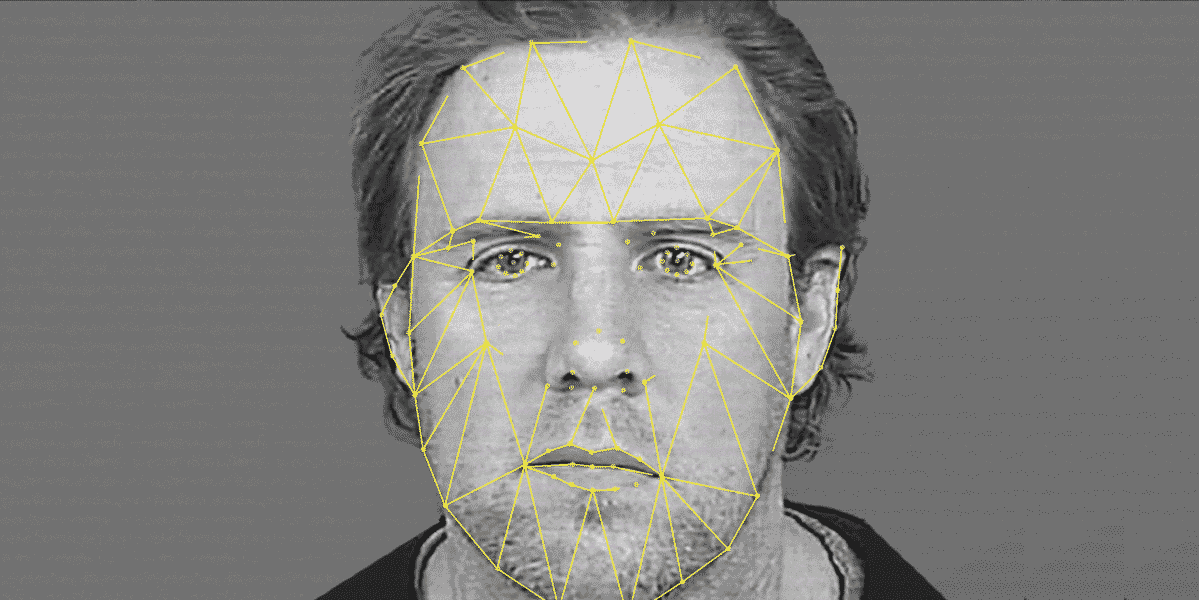America was shaken by catching the wrong bank robber: The culprit that made the police ‘blind’ is a technology being used by millions of people
- Tram Ho
The case of mistaken arrest shook
In 2016, the US was shaken when Steve Talley, a man from Colorado, was “attacked” by the US special forces police force (SWAT) after facial recognition technology identified him as a criminal. serial bank robberies.
Having a face that closely resembles the face of a real robber, and living only 0.1 miles from the bank that was robbed makes it even harder for Talley to prove her innocence.

Facial recognition technology has confused Steve Talley with the robber. Image source: The Intercept
After several months of illegal detention, Talley was released through fierce fighting. However, at this time, he lost his home, lost his job and could not apply for a new job due to his “convict”. Medical bills left him broke and homeless.
The bad reputation continued to follow, causing this man to be pushed into the dead end. It wasn’t until a bank employee who was robbed decided to testify in court that Talley was not the robber that day.
The flawed automatic algorithms of the image recognition technology and the poorly trained verification team almost destroyed a person’s life.
Controversial technology
Face recognition technology experts say that the possibility of false recognition often increases with the size of the facial recognition database. The more matching faces there are, the higher the risk that the system will mistake similar faces.
It is estimated that the database of the US Federal Bureau of Investigation (FBI) currently holds more than 640 million photos of people’s faces.
This number may sound like a lot, but this dataset is nothing compared to the facial recognition databases of several private companies. The FBI pulls images from state records and passport agents, while private companies can see images directly from social media with impunity.

Illustration. Source: calbiz
For example, New York-based company Clearview AI collected about 3 billion user images from social networks like Facebook and Twitter, then provided datasets to hundreds of law enforcement agencies across the globe. the whole of America.
When asked about the legality of this, Clearview AI said that it was because users had made their photos public.
The US-based ICE company’s digital systems are also said to have illegally sifted through millions of driver’s license photos to catch undocumented immigrants.
According to the journal Calbiz, facial recognition technology can destroy a person’s life. Recognition systems using artificial intelligence (AI) can even identify you as dead, even alive.
In fact, there has been a case where a US government employee was mistakenly identified by computer algorithms as dead, when in fact she had her social security number (SSN) stolen and crooks used her identity to be dead. victim’s computer to apply for large loans. It took two decades for all the problems to be solved.

Illustration. Source: The Intercept
Most recently, in January 2023, a man from Georgia (USA) was mistakenly arrested by police under a wanted warrant. Notably, this case also highlights the disparity in ethnic identification in facial recognition technology. The only similarity between the arrested person and the criminal lies in the black skin.
The incident once again sparked a great controversy about facial recognition technology. Worth mentioning, according to a 2019 American study, women are 2-5 times more likely to be misidentified, while the risk for blacks and Asians is 10-100 times higher than for women. White skin.
Currently, facial recognition technology is becoming more and more popular. Users are most exposed to this technology through the face unlock feature on the phone.
However, the “black secret” in facial recognition technology is still something that causes a lot of controversy. We do not know that our images are being collected without permission, and later those photos will serve the very tools that monitor us.
Source : Genk
